OSIRIS REx samples reveals surprises from asteroid Bennu
Friday, May 17, 2024

|
Freeman Lightner |
NASA's OSIRIS-REx mission returned a 121.6-gram sample from asteroid Bennu, revealing presolar grains and organic compounds. Early findings suggest Bennu's materials predate the sun and formed beyond Neptune, providing insights into solar system history and the origins of life on Earth.
NASA's OSIRIS-REx mission returned to Earth with a pristine sample from the near-Earth asteroid Bennu, offering a unique glimpse into the solar system's early history. The spacecraft collected 121.6 grams (.27 lbs) of material from Bennu's surface in 2020, which is the largest sample ever retrieved from an asteroid.
NASA's asteroid sample redefines solar system history
This mission aims to provide a clearer, uncontaminated record of the solar system's formation. By studying Bennu, scientists hope to unlock the secrets of the early solar system and better understand the building blocks that led to the formation of planets, including Earth.
- Mission Timeline: Launched in 2016, sample collected in 2020, returned in 2023.
- Objective: To study Bennu's composition and history.
- Significance: Provides a clearer, uncontaminated record of solar system formation.
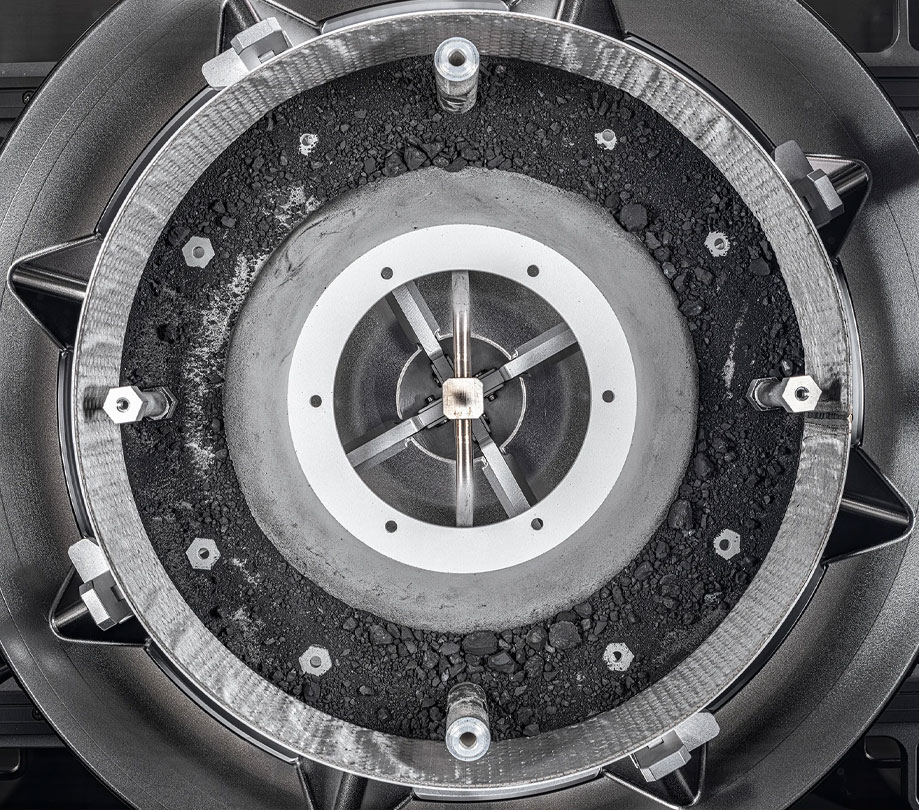
Discoveries and early findings
Early analysis of Bennu's sample has already yielded significant discoveries. Researchers have identified various presolar grains, which are microscopic crystals that predate the sun. These grains come from different types of stars, including intermediate-to-low-mass stars and supernovae.
The chemical signatures found in these presolar grains suggest that Bennu's components were seeded by diverse stellar events. This supports the idea that our solar system's materials were enriched by the explosive deaths of various stars, providing new insights into the origins of the solar system's building blocks.
- Presolar Grains: Indicate Bennu's components predate the sun.
- Chemical Signatures: Show contributions from different stellar sources.
- Implications: Suggest our solar system's materials were seeded by diverse stellar events.
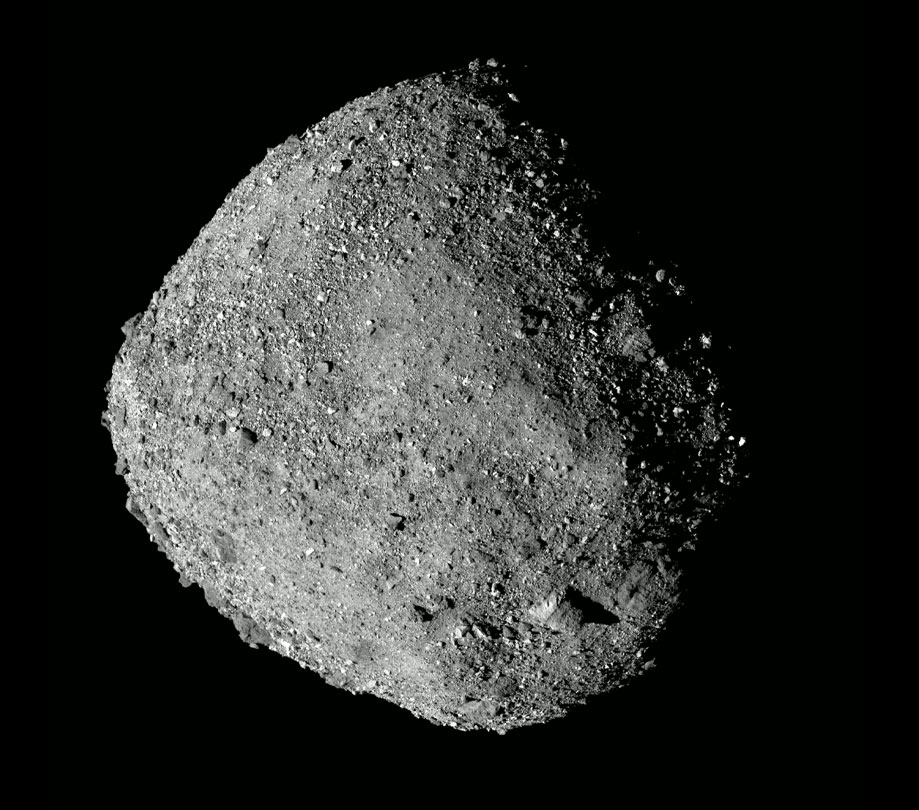
Origins and evolution of Bennu
Bennu's origins likely lie beyond the asteroid belt, potentially near the outer solar system. The presence of certain chemicals, such as ammonia, supports this hypothesis. These findings suggest that Bennu's parent body formed far from the sun, in a region where volatile substances like water and ammonia ice could exist.
The sample contains water-altered materials, indicating a dynamic history involving liquid water and radioactive heating. Bennu's precursor body was likely a large, water-rich object that underwent significant geological processes, including the presence of hydrothermal systems driven by radioactive decay.
- Formation: Possibly beyond Neptune, based on chemical residues.
- Parent Body: Indications of a larger, water-rich parent body.
- Evolution: Water-altered materials suggest dynamic history with liquid water and radioactive heating.
Astrobiological potential
The sample from Bennu holds organic compounds crucial to understanding the origins of life. Researchers have identified amino acids and nucleotide bases, which are essential components of DNA and RNA. Some of these organic molecules likely formed in the interstellar medium before being incorporated into Bennu.
These findings offer significant astrobiological insights, highlighting potential pathways for life's building blocks to arrive on Earth. The presence of such organic matter suggests that asteroids like Bennu could have delivered essential ingredients for life to our planet.
- Organic Molecules: Amino acids and nucleotide bases found.
- Origins: Some formed in the interstellar medium.
- Astrobiological Insights: Highlights potential pathways for life's building blocks to arrive on Earth.
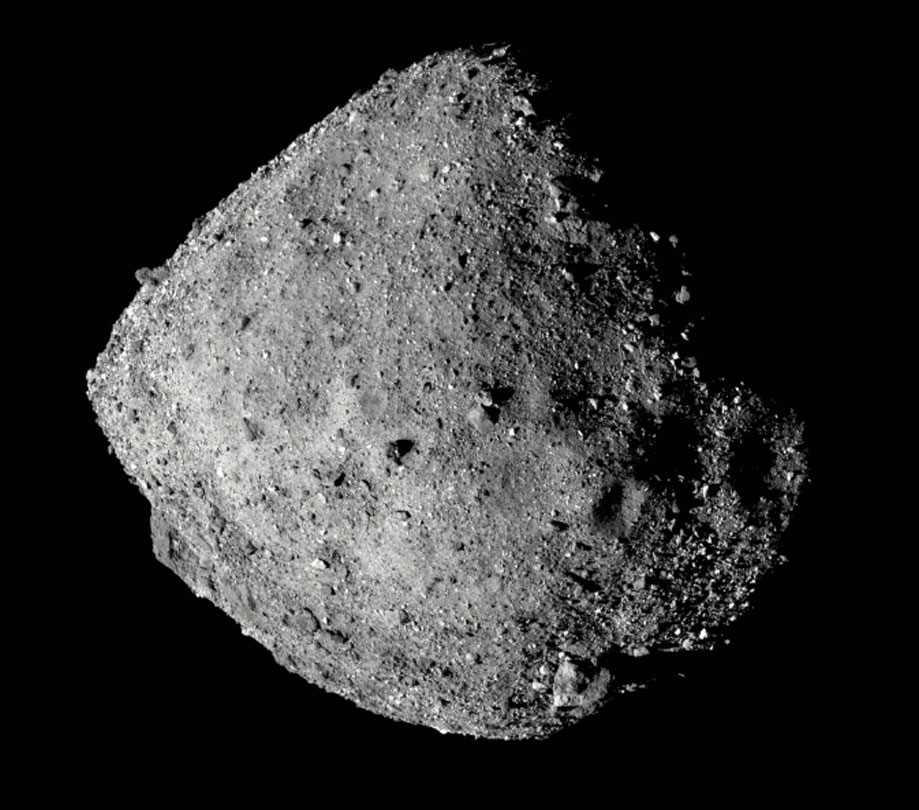
Key insights and future research
The OSIRIS-REx mission is just beginning to reveal the secrets within Bennu's sample. Only 1% of the material has been analyzed so far, and future research will focus on identifying more complex molecules and understanding their formation processes.
Long-term goals include enhancing our understanding of the solar system's evolution and the origins of life on Earth. By studying Bennu, scientists hope to uncover the intricate details of our cosmic heritage and the processes that led to the emergence of life.
- Ongoing Analysis: Only 1% of the sample analyzed so far.
- Future Research: Focus on more complex molecules and their formation.
- Long-Term Goals: Understanding the solar system's evolution and life's chemical origins.
ScopeTrader's latest survey
Featured Stories

Stay Updated
Sign up for our newsletter for the headlines delivered to youSuccessFull SignUp

|








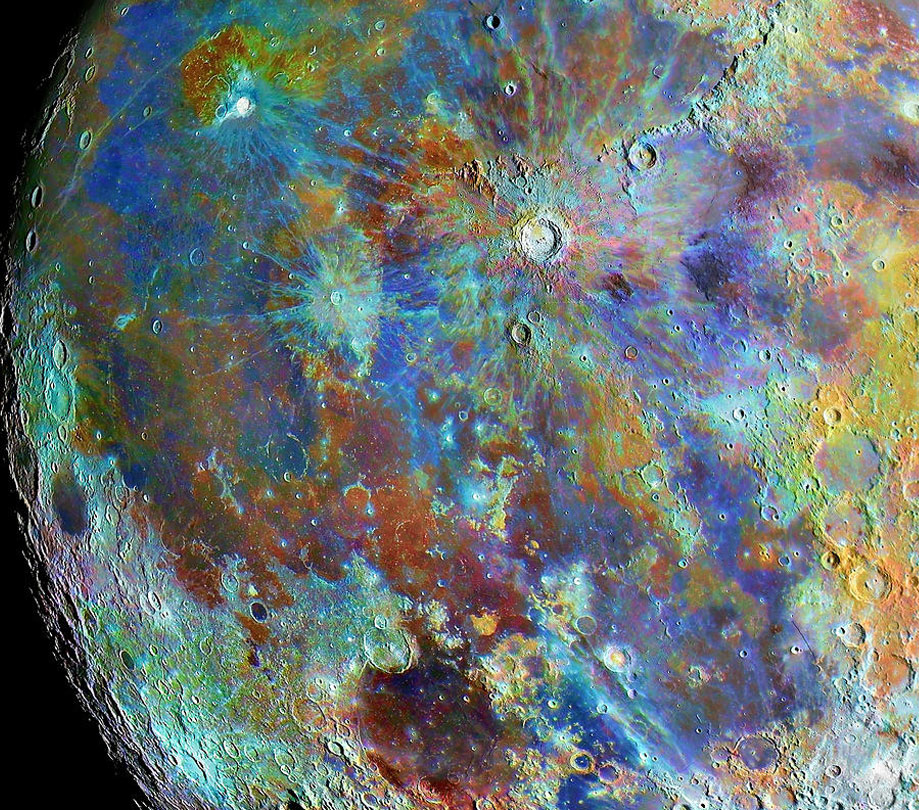
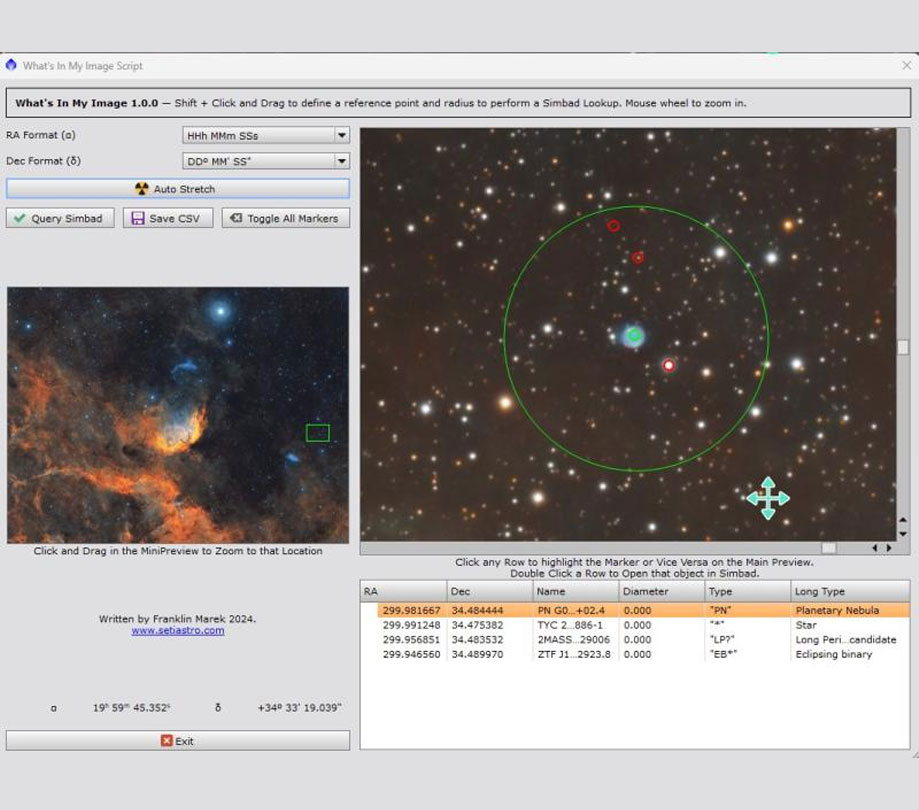


Comments